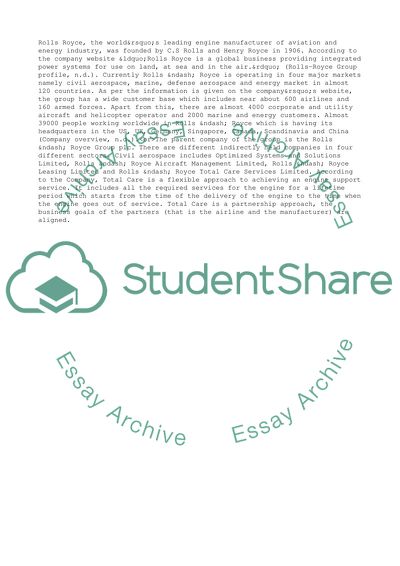Cite this document
(Rolls-Royce Aviation and the Development of Total Care Case Study, n.d.)
Rolls-Royce Aviation and the Development of Total Care Case Study. Retrieved from https://studentshare.org/business/1726725-rolls-royce-aviation-and-the-development-of-totalcare
Rolls-Royce Aviation and the Development of Total Care Case Study. Retrieved from https://studentshare.org/business/1726725-rolls-royce-aviation-and-the-development-of-totalcare
(Rolls-Royce Aviation and the Development of Total Care Case Study)
Rolls-Royce Aviation and the Development of Total Care Case Study. https://studentshare.org/business/1726725-rolls-royce-aviation-and-the-development-of-totalcare.
Rolls-Royce Aviation and the Development of Total Care Case Study. https://studentshare.org/business/1726725-rolls-royce-aviation-and-the-development-of-totalcare.
“Rolls-Royce Aviation and the Development of Total Care Case Study”, n.d. https://studentshare.org/business/1726725-rolls-royce-aviation-and-the-development-of-totalcare.


